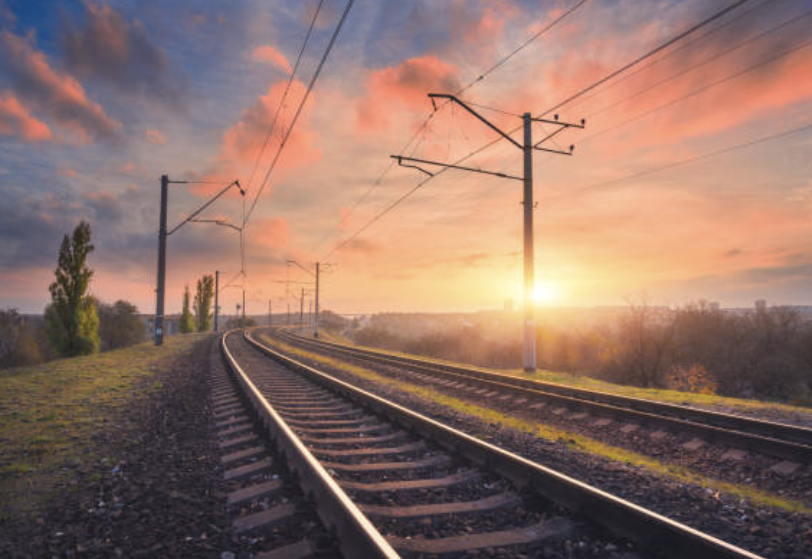
Posted on Monday, November 13, 2023
The railway industry is a cornerstone of global transportation, moving people and goods efficiently across vast distances. Behind this vast network lies the ingenuity of metal fabrication machines, which are vital in manufacturing the tracks, carriages, and components that ensure safety, durability, and functionality.
Metal fabrication machines play a crucial role in the design and manufacturing of railway components. Here’s how key machines contribute to the industry:
Fabrication machines create a variety of components that are integral to railway systems. Key products include:
The High-Speed Rail Revolution: Manufacturing for Speed and Safety
A notable example of metal fabrication in action is the manufacturing of high-speed rail systems like those in Japan and Europe. Advanced CNC machining was used to produce aerodynamically optimized components for trains, while robotic welding systems ensured the integrity of lightweight yet strong carriage bodies. This meticulous fabrication process contributed to trains capable of exceeding 300 km/h while maintaining high safety standards.
Urban Metro Systems
In cities worldwide, fabrication machines have been instrumental in constructing metro carriages and tracks. For instance, a recent project in Delhi, India, employed robotic welding systems to create modular carriage sections, speeding up the production timeline while reducing costs.
What machines are most commonly used in railway manufacturing?
The most commonly used machines include CNC machines for precision cutting, robotic welders for seamless joining, and heavy-duty press machines for shaping rail tracks and train components.
How are rail components inspected for quality?
Rail components undergo rigorous inspection, including ultrasonic testing for internal flaws, dimensional checks using laser measurement systems, and stress testing to ensure they meet safety and durability standards.
What is the lifecycle of a fabricated railway component?
The lifecycle begins with design and material selection, followed by fabrication, assembly, and installation. Components undergo regular maintenance, and after decades of service, they are either refurbished or recycled.
What are the best materials for rail track manufacturing?
High-carbon steel and alloy steel are preferred for rail tracks due to their strength, wear resistance, and ability to withstand dynamic loads. Modern advancements also incorporate heat-treated steel for extended durability.
Metal fabrication machines are indispensable in the railway industry, delivering precision, strength, and efficiency to every aspect of rail infrastructure. From shaping tracks to welding carriages, these machines ensure the safety and functionality of one of the world’s most reliable transportation systems. With advancements in technology, the railway industry continues to benefit from faster production, better quality, and more sustainable practices—paving the way for the future of rail travel.

Understanding Coil IDs, Mandrel Sizing, and Shear Pin Safety in Uncoilers
Posted on Wednesday, October 1, 2025
Mismatched sizes can lead to machine damage, downtime, and safety hazards — often evidenced by a shear pin failure.

How Coil Tensile Strength Affects Roll Forming and How to Adjust Your Machine
Posted on Wednesday, October 1, 2025
Changes in tensile strength can significantly affect the finished profile, causing misaligned bends, uneven edges, and out-of-spec parts.

Why Paint Cracks on an Embossing Line Running Pre-Painted Coil and How to Prevent It
Posted on Wednesday, October 1, 2025
This issue not only affects the visual quality of the product but can also lead to increased scrap rates and customer complaints.

The Most Popular Standing Seam Metal Roof Panels in the U.S. — A Comprehensive Guide
Posted on Monday, September 29, 2025
In this post, we’ll explore what panel styles and sizes are most popular in the U.S